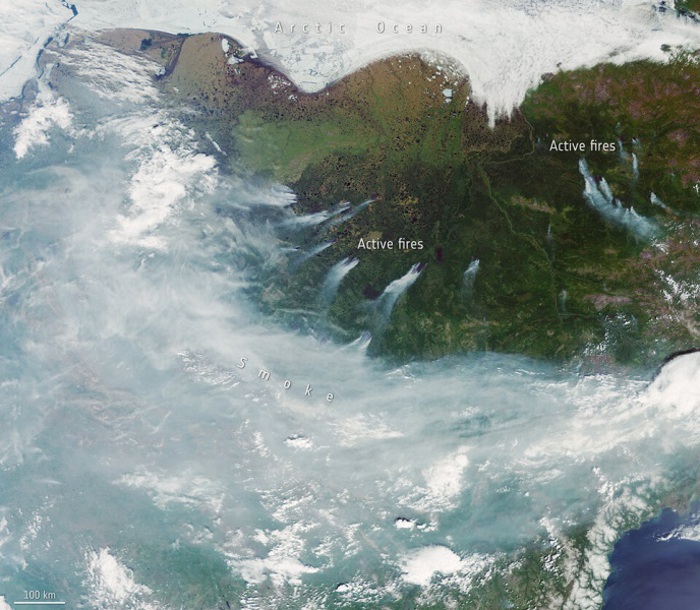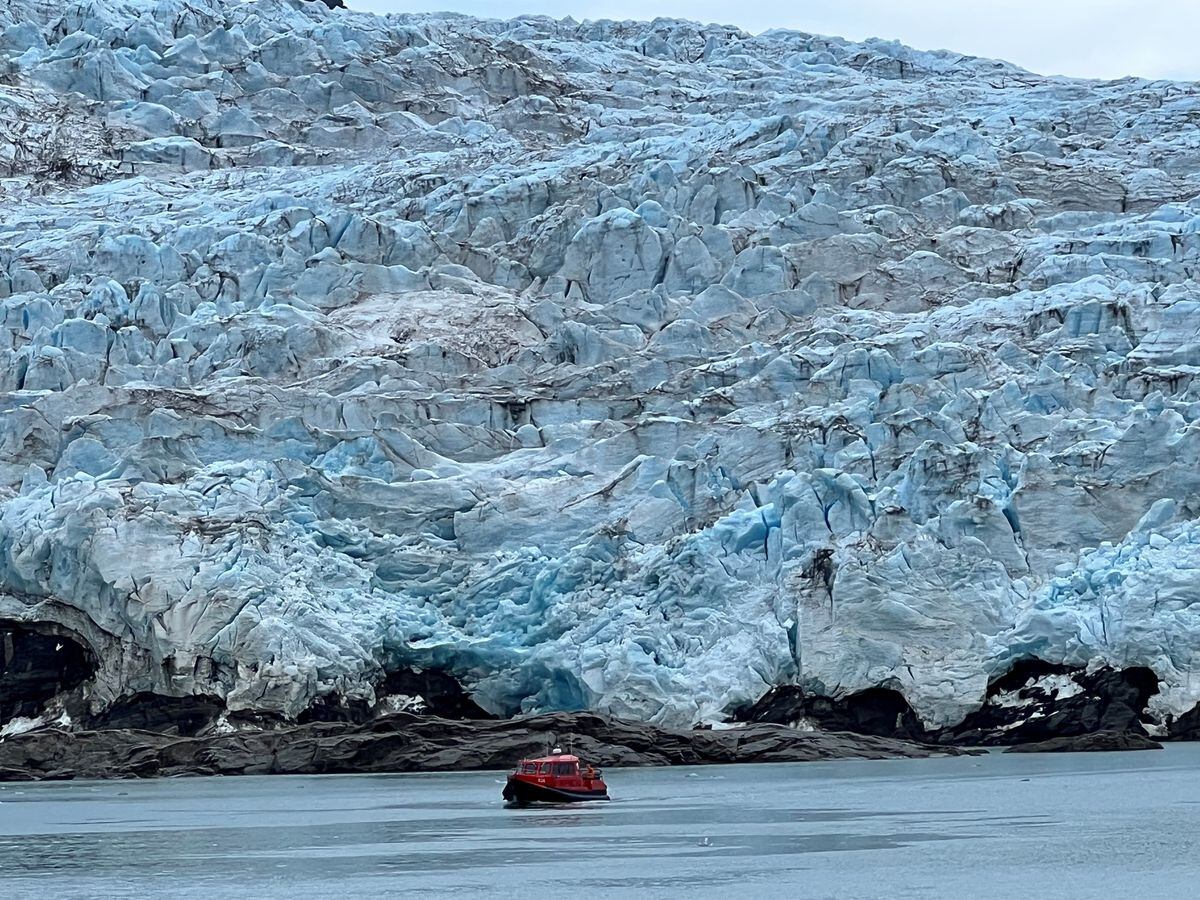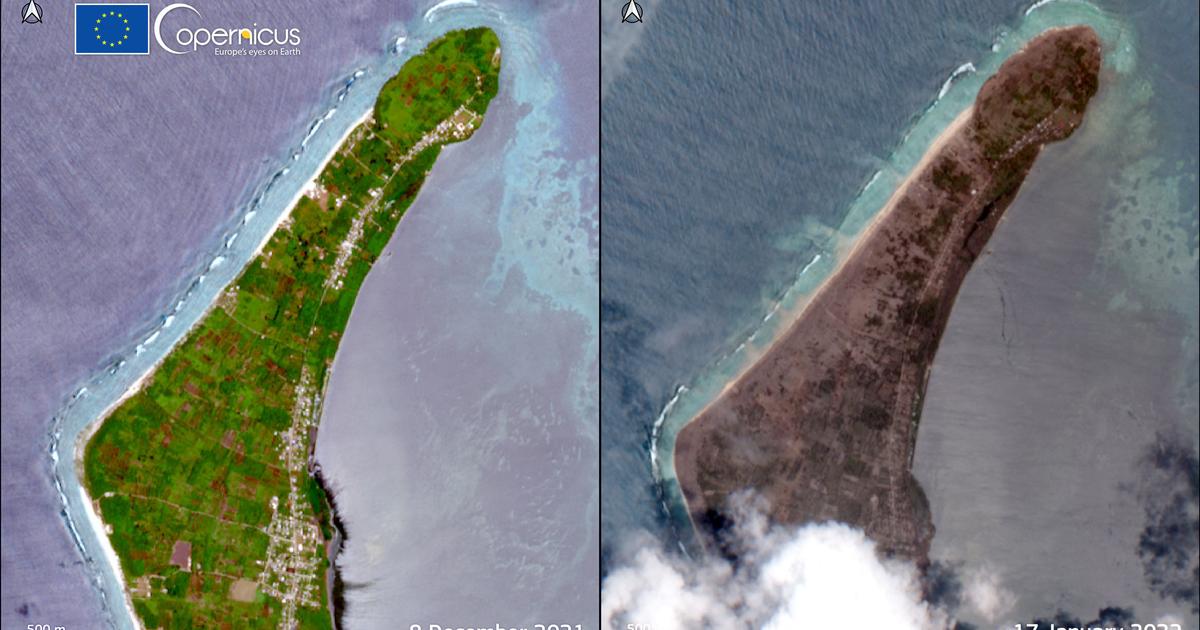The Arctic heat wave followed by European satellites of the Copernicus program, managed by the European Space Agency (ESA) and the European Commission, which record the record temperature of 21.9 degrees in Eureka, in the Canadian Arctic, the highest ever July 2020 was the third warmest July ever recorded in the world, with temperatures 0.5 degrees above average, according to the Copernicus Climate Change Service.
The Arctic has not escaped the heat, with alarming temperatures, extreme fires and significant loss of sea ice. The region, ESA notes, is warming up to three times more than the global average, with an impact on the entire planet. Observations from space offer a unique opportunity to understand the changes occurring in this remote region.
On June 20, the Russian city of Verkhoyansk, which is located above the Arctic Circle, recorded the incredible temperature of 38 degrees, while on August 11, 2020 in Eureka in the Canadian Arctic, at 80 degrees north latitude, the European Sentinel-3 satellite recorded a maximum of 21.9 degrees.
The high temperatures also fueled a series of fires in the Arctic Circle. The images captured by the Sentinel-3 mission show those that occurred in the Chukotka area, the most northeastern region of Russia. The heat wave over the Arctic, ESA notes, also contributes to the thawing of permafrost, the perpetually frozen soil that contains large amounts of carbon and methane.
Consequently, when permafrost is thawed it releases CO2 and methane into the atmosphere. For this reason, enhancing the observation of the Arctic is very important and to this end the ESA is preparing three new missions, together with the new generation Sentinel, explains the ESA director for Earth observation, Josef Aschbacher, "together to the Copernicus CO2M mission, these new missions - he notes - will provide new data for monitoring the whole year of the Arctic ".








/cloudfront-eu-central-1.images.arcpublishing.com/prisa/Q2GFUQLBLVDFDE4G6U6GH2UFJE.png)





